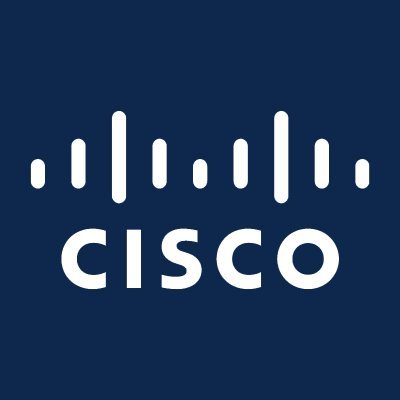
Cisco Product Designer Case Interview: Designing an Enterprise Network Incident Workflow
Format overview (Cisco style): 70‑minute whiteboard case with a Design Manager and cross‑functional partners (PM/Eng or CX/Solutions Architect). Emphasis on structured problem‑solving, systems thinking, enterprise constraints, and security/compliance. Candidates are expected to articulate trade‑offs, show how they partner with PM/Eng, and tie design choices to measurable customer and business outcomes. Scenario prompt: Cisco customers (global enterprises and public sector) use Meraki Dashboard and Catalyst Center to operate campus/branch networks. During a multi‑site WAN degradation, Network Operations (NOC) teams struggle to triage alerts fast, differentiate impact, and coordinate remediation with SecOps and Field Technicians. Design an integrated incident triage and remediation experience that reduces MTTR and alert fatigue while fitting into Cisco’s ecosystem (e.g., ThousandEyes for path visualization, SecureX/Secure Client signals, AppDynamics/Full‑Stack Observability for app impact, Webex Control Hub for comms). What you’ll design (low‑ to mid‑fidelity is fine): - An at‑a‑glance Incident Overview (health score, affected sites/tenants, priority, SLA timers) with clear IA and progressive disclosure. - Alert Detail view that correlates network, security, and application telemetry, including topology/path views, probable root cause, and confidence. - A guided Runbook/Playbook stepper with safe‑guarded remediation (RBAC, change windows, approvals, audit trails), and handoff to Field Tech mobile. - Collaboration hooks: one‑click Webex space creation with incident context, shareable deep links, and role‑aware summaries for executives vs. NOC. - Cross‑domain navigation between Meraki and Catalyst Center with consistent mental models and a plan for legacy/backward compatibility. Personas and constraints to consider: - Primary: NOC Engineer (L2) and Network Admin; Secondary: SecOps Analyst, Field Technician, Exec Stakeholder. - Constraints: mixed fleet (Meraki + Catalyst), regulated industries (logging/audit, data residency), SSO/SAML and granular RBAC, accessibility (WCAG 2.1 AA), localization/time‑zones, offline/low bandwidth for field work, and privacy of tenant data. Focus areas Cisco typically probes: - Problem framing: clarify success metrics (MTTR, time‑to‑triage, false‑positive rate, task success, adoption), define scope, prioritize use cases. - Information architecture: hierarchy of signals, correlation vs. noise, empty/error/loading states, and multi‑tenant scale. - Systems and platform thinking: interoperability across Cisco portfolios (Meraki, Catalyst Center, ThousandEyes, SecureX, FSO), API extensibility, versioning/rollout. - Security and compliance by design: least‑privilege, approvals, auditability, data minimization. - Execution approach: how you’d partner with PM/Eng, research plan with customers/TAC/CX, experiment/validation plan (usability benchmarks, phased rollout), and handoff (Figma specs, tokens, states). What the interviewer provides: - Sample incident dataset (alerts, logs, site inventory), user roles, and 2–3 customer pain points from TAC/CX. - A hard constraint (e.g., must work for both Meraki and Catalyst Center users without duplicating settings) to drive trade‑off discussion. Expected artifacts during the session: - Problem statement, prioritized personas and JTBD. - User flow for triage→diagnose→remediate→communicate. - Two key screens (Overview and Alert Detail) plus the runbook stepper, annotated with rationale and edge cases. - Success metrics and a lightweight validation/rollout plan. Evaluation rubric (aligned to Cisco culture): clarity and structure; depth of enterprise UX understanding; data‑informed decisions; collaboration and communication; attention to security/compliance and accessibility; practicality and ability to ship; reflection on risks and trade‑offs. Suggested timeline: - 0–5 min: Align on goals, constraints, success metrics. - 5–15 min: Personas, workflows, and IA sketch. - 15–35 min: Wireframe key screens and states; discuss data and integrations. - 35–50 min: Runbook, RBAC, and edge cases; accessibility and localization. - 50–60 min: Metrics, validation, and rollout strategy. - 60–70 min: Q&A and reflection on trade‑offs.
70 minutes
Practice with our AI-powered interview system to improve your skills.
About This Interview
Interview Type
PRODUCT SENSE
Difficulty Level
4/5
Interview Tips
• Research the company thoroughly
• Practice common questions
• Prepare your STAR method responses
• Dress appropriately for the role